**”Foam Rolling Techniques for Athletes: Targeting Specific Muscle Groups for Enhanced Recovery and Performance”**
# Foam Rolling Techniques for Athletes: Targeting Specific Muscle Groups for Enhanced Recovery and Performance
As athletes, we constantly push our bodies to their limits, whether it’s during intense training sessions or competitive events. While building strength and endurance is crucial, recovery is equally important for maintaining performance and preventing injuries. Foam rolling has emerged as a popular recovery technique, offering a self-myofascial release method that can alleviate muscle tightness and enhance flexibility. This blog post will explore effective foam rolling techniques to target specific muscle groups, providing athletes with essential tools for enhanced recovery and performance.
## Understanding Foam Rolling
### What is Foam Rolling?
Foam rolling involves using a foam roller—an elongated piece of foam—to apply pressure to specific muscle groups. This technique helps to release muscle knots, improve circulation, and enhance overall mobility. It is an efficient, cost-effective way for athletes to take charge of their recovery process and improve their performance.
### When to Foam Roll
Foam rolling can be beneficial at various times:
– **Before a workout** to warm up muscles and improve range of motion.
– **After a workout** to aid in recovery and reduce muscle soreness.
– **On rest days** to maintain flexibility and alleviate tension.
## Targeting Specific Muscle Groups
### Lower Body Techniques
**Quadriceps and Hamstrings**
For both the quadriceps and hamstrings, start by lying face down with the foam roller under your thighs. Roll slowly from your knees to your hips, pausing at any tight spots for 20-30 seconds. For hamstrings, switch positions by sitting on the floor and placing the roller under your legs. Lean back slightly and roll from your knees to your glutes.
**Calves**
To target the calves, sit on the floor with the foam roller under your calves. Lift your body off the ground using your hands and roll from your ankles to just below your knees. You can also cross one leg over the other to increase pressure and target specific areas more effectively.
### Upper Body Techniques
**Back and Shoulders**
Start by lying on your back with the foam roller positioned under your upper back. Cross your arms over your chest and gently roll from your upper back to your mid-back. For the shoulders, sit upright and place the roller under one shoulder blade, leaning slightly to the side. Roll back and forth to release tension.
**IT Band**
The iliotibial (IT) band runs along the outside of the thigh and can often become tight. To target this area, lie on your side with the foam roller under your hip. Roll from your hip down to your knee, pausing to focus on tight spots.
## Nutrition Tips for Enhanced Recovery
While foam rolling is a powerful recovery tool, nutrition plays an equally significant role in an athlete’s ability to recover from workouts. Here are some nutrition tips to complement your foam rolling routine:
– **Stay Hydrated**: Dehydration can lead to muscle cramps and increased soreness. Aim for at least 8-10 cups of water daily, adjusting based on your activity level.
– **Incorporate Protein**: Consuming protein post-workout aids in muscle repair. Include lean meats, fish, eggs, or plant-based sources in your meals.
– **Focus on Anti-Inflammatory Foods**: Foods rich in omega-3 fatty acids (like salmon and walnuts), antioxidants (berries and leafy greens), and turmeric can help reduce inflammation and support recovery.
## Exercise Advice for Athletes
Incorporating foam rolling into your routine is just one aspect of an effective recovery strategy. Here are some exercise tips to enhance your overall performance and well-being:
– **Combine Foam Rolling with Stretching**: After foam rolling, perform static stretches to further enhance flexibility and muscle relaxation.
– **Listen to Your Body**: If you notice persistent tightness or pain, it may be an indicator to adjust your training regimen or seek professional advice.
– **Be Consistent**: Make foam rolling a regular part of your training routine. Aim for 10-15 minutes after workouts or on rest days to reap the full benefits.
## Health Benefits of Foam Rolling
The health benefits of foam rolling extend beyond mere muscle recovery. Here are some of the most significant advantages:
– **Increased Blood Flow**: Foam rolling promotes better circulation, delivering nutrients to muscles and aiding in recovery.
– **Reduced Muscle Soreness**: Regular foam rolling can decrease delayed onset muscle soreness (DOMS), allowing athletes to return to their training regimens more quickly.
– **Improved Flexibility and Range of Motion**: By breaking down adhesions and scar tissue, foam rolling enhances flexibility, enabling athletes to perform better and reduce their risk of injuries.
In conclusion, foam rolling is a highly effective technique for athletes looking to enhance their recovery and performance. By targeting specific muscle groups, integrating proper nutrition and exercise advice, and recognizing the numerous health benefits, athletes can optimize their training experience. Incorporating foam rolling into your routine can lead to improved flexibility, reduced muscle soreness, and ultimately, a more successful athletic journey.








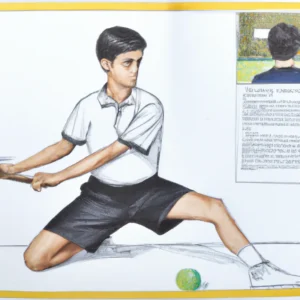


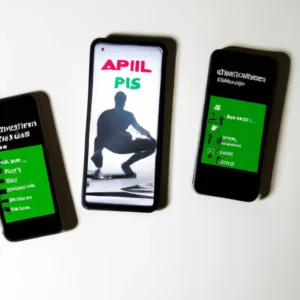
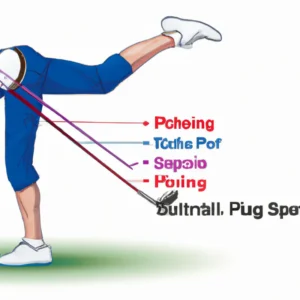
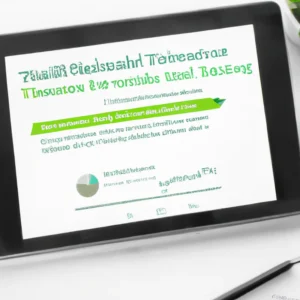
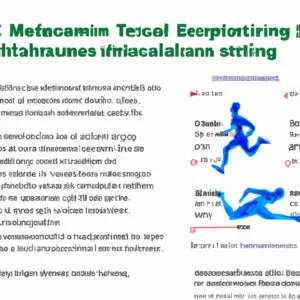
Post Comment